Listen up! I’ve got a special spicy recipe for you today — pan-fried Norwegian capelin that will tickle your taste buds.
Crispy on the outside, tender on the inside, and packed with bold flavors!
Prepare for a flavor-packed dish that’s easy to make and perfect for any occasion. So, let’s dive right in and get cooking!
Directions
0/0 steps made- First things first, let’s prep our capelin. Take those frozen beauties and carefully separate the fillets from the innards and bones. We want those lovely fillet sheets that will cook up beautifully.
- Now, let’s give our capelin a bath in some fantastic flavors. Pour that soy sauce all over the fillets, making sure to coat them generously. Let them marinate in the sauce for a glorious 15 minutes while we move on to our next step.
- It’s a batter time, my friends! In a bowl, crack those eggs and give them a good whisking. Now, add a pinch of the wonderful Svanshki salt (Utsho Suneli spice blend) for that unique Georgian twist. Gradually add the flour, mixing it all together until you have a smooth and luscious batter.
- Heat a trusty skillet over medium heat and pour in some frying oil. We want it nice and hot, ready to work its magic on our capelin fillets.
- Now, it’s time to coat those marinated fillets in our irresistible batter. Dip each fillet into the batter, making sure to get it evenly coated, and gently place it in the sizzling skillet. Repeat this step until our skillet is filled with the promise of crispy goodness.
- Let the frying begin! Cook those capelin fillets until they turn a gorgeous golden brown, flipping them after 5-10 minutes to ensure even cooking. Depending on the quantity of capelin, you might need to repeat this frying process a few times to achieve perfection.
- Once our capelin is beautifully golden and crispy, it’s time to plate it up. Serve it alongside some zesty lemon wedges, and don’t forget to grab a refreshing light beer to enjoy with this delightful appetizer.
Cooking Time
This recipe typically takes around 50-60 minutes to prepare and cook, including the time required to clean the 0.5 kg of capelin and fillet it. Here’s a breakdown of the time involved:
- cleaning and filleting the capelin — approximately 20 minutes;
- marinating the fillets in soy sauce — 15 minutes;
- preparing the batter — 5 minutes;
- heating the skillet and frying the fillets — 10-20 minutes (depending on the number of fillets and the size of the skillet);
- flipping the fillets and frying the other side — 10-20 minutes;
- plating and serving — a few minutes.
Please note that these times are approximate and can vary based on individual cooking skills and preferences. It’s important to allow sufficient time for cleaning and filleting the capelin, as this step requires attention to detail.
Capelin, Caplin, Shishamo, and Smelt: Are They the Same Fish?
Join me in exploring the captivating world of Capelin, Caplin, Shishamo, and Smelt. These four species have distinct names and unique characteristics.
Capelin, found in the northern Atlantic and Arctic Oceans, is known for its silver scales and migratory behavior. It swims in large schools along the coasts, mesmerizing with its natural beauty.
Caplin is an alternate term used interchangeably with Capelin, especially in Canada, showcasing the diversity of names for this remarkable fish.
Enter the enchanting realm of Japanese cuisine with Shishamo, a slender fish native to Japan and East Asia. Its name combines “shi” (willow) and “shamo” (a gamecock), evoking the shape of a willow leaf.
Explore the versatile category of Smelt, encompassing small fish from different families. “Smelt” comes from the Old English word meaning to melt or fuse, reflecting its melting texture when cooked. Smelt species thrive in both freshwater and saltwater environments.
What is Svanetian Salt
Svanetian Salt, also known as Salt of Svaneti, is an exquisite Georgian spice renowned for its unique flavor and aroma. It takes its name from the Svaneti province in Georgia, where it was developed and continues to be widely used in local cuisine.
This spice blend is carefully crafted using a combination of handpicked herbs from the mountainous region of Svaneti, including the key ingredient Utsho-Suneli.
Utsho-Suneli is a traditional Georgian spice that contributes to the distinctive flavor profile of Svanetian Salt. Along with a blend of salts, cloves, cinnamon, cumin, garlic, and other aromatic spices, it creates a harmonious and complex taste experience.
Svanetian Salt is highly prized for its ability to enhance the taste of various culinary creations. From savory meats and seafood to flavorful vegetables and sauces, it adds depth and character to a wide range of dishes.
Video by Georgian cooking with Nino
Why is this good for health?
This recipe is not only delicious but also has several health benefits. Capelin, a nutritious fish similar to herring, is rich in omega-3 fatty acids, which are known for their positive impact on heart health.
Consuming omega-3 fatty acids has been associated with a reduced risk of cardiovascular diseases and inflammation.
Additionally, pan-frying the capelin instead of deep-frying helps to reduce the amount of oil used in the cooking process, making it a healthier cooking method. The capelin fillets are also coated in a light batter, minimizing the overall calorie content while still providing a satisfying crunch.
This recipe offers a balance of flavors and textures while incorporating the nutritional benefits of omega-3 fatty acids from the capelin. It’s a delicious and health-conscious choice for those looking to enjoy a tasty seafood dish without compromising their well-being.
Risks for the Health of Crispy Pan-Fried Norwegian Capelin
While the pan-fried Norwegian capelin recipe can be enjoyed as part of a balanced diet, it’s important to consider certain aspects that could pose potential risks to health if consumed excessively or by individuals with specific dietary needs.
One consideration is the use of frying oil. While the recipe suggests using a moderate amount of frying oil, excessive consumption of fried foods, even when cooked at home, can contribute to an increased intake of unhealthy fats and calories.
This can lead to weight gain and other health issues if consumed in large quantities or as a regular part of one’s diet.
Another aspect to consider is the sodium content. While the use of soy sauce adds flavor to the capelin fillets, it’s important to note that soy sauce is relatively high in sodium.
Serving Variation
For a serving variation, you can consider adding a side dish or two to complement the crispy pan-fried Norwegian capelin. Here’s a serving suggestion:
Serve the crispy capelin fillets on a bed of fresh mixed greens or a vibrant salad. You can toss together some baby spinach, arugula, cherry tomatoes, thinly sliced red onions, and a sprinkle of chopped fresh herbs like parsley or dill.
For those looking for a heartier option, consider serving the capelin with a side of fluffy boiled or mashed potatoes. The creamy texture of the potatoes pairs wonderfully with the crispy fish, creating a satisfying combination.
Remember to garnish the dish with additional lemon wedges, which can be squeezed over the capelin fillets for an extra burst of tanginess.
How to Clean Capelin Fish:
Video by William Larkham Jr
Where You Can Buy Norwegian Capelin
In the UK, fishmongers, supermarkets, and specialty food stores are good places to check. Smoked or cured capelin is commonly available, and online seafood suppliers may have it as well.
Across Europe, capelin is often sold in supermarkets, fish markets, and local seafood shops. You can find fresh, pickled, or smoked varieties, and some gourmet food stores or online fishmongers may also stock it.
Larger supermarkets, seafood markets, and specialty food shops in Australia with a broad seafood selection are good places to look. Online suppliers occasionally offer capelin too.
Supermarkets, fish markets, and specialty seafood stores in Canada are great places to find capelin, with many online retailers offering a variety of seafood options.
Norwegian Capelin Variation
To find Norwegian capelin, check local stores or browse online retailers that might have it in stock. Availability depends on the region, so it’s worth asking around.
If capelin isn’t an option, there are plenty of great alternatives. In the United States, smelt, herring, or anchovies offer a similar small size and delicate flavor. In the UK, whitebait or sprats work well as substitutes and are commonly used in local dishes.
Across Europe, fish like sand eels, small mackerel, or sardines can replace capelin and are easy to find in markets and supermarkets.
In Australia, Australian whitebait or anchovies make good alternatives and are widely available.
Canada also offers suitable options such as smelt, herring, or small mackerel, which provide a comparable taste and texture.


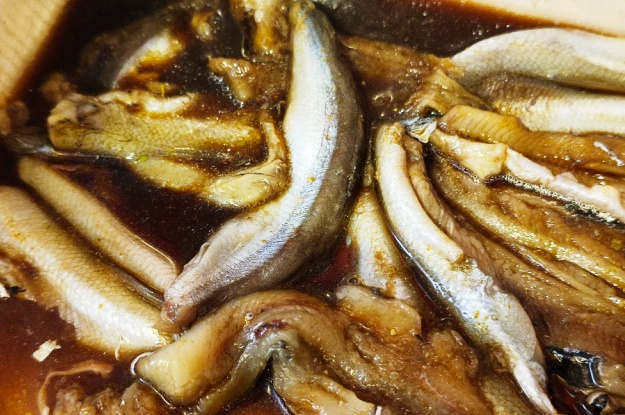
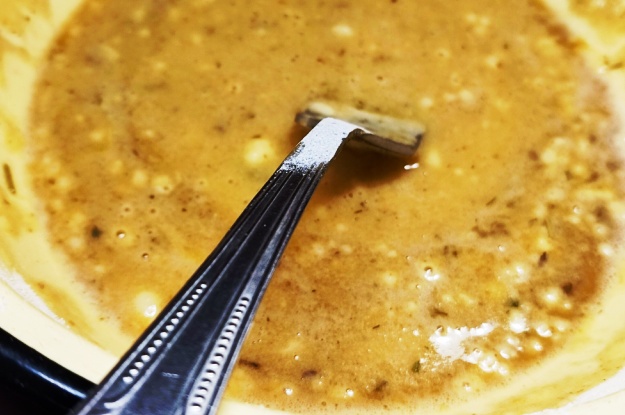
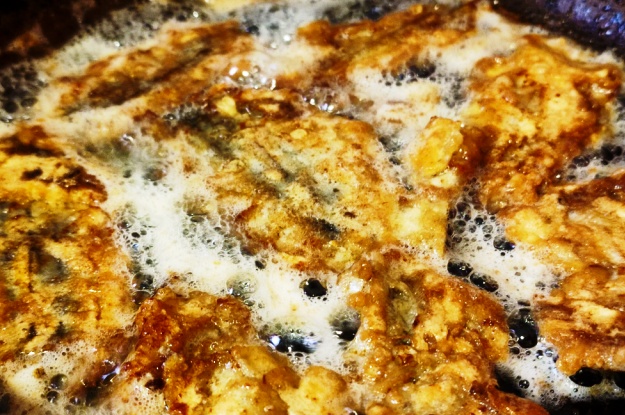
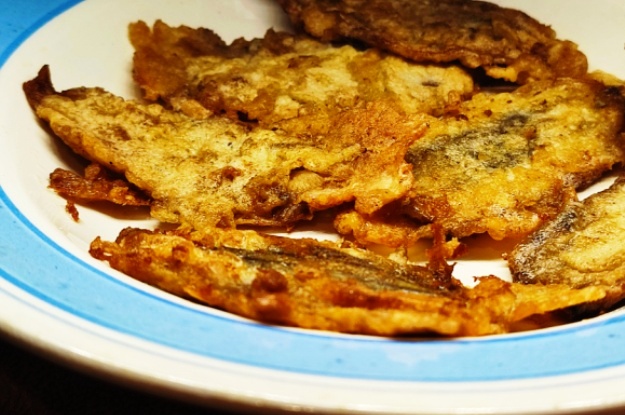
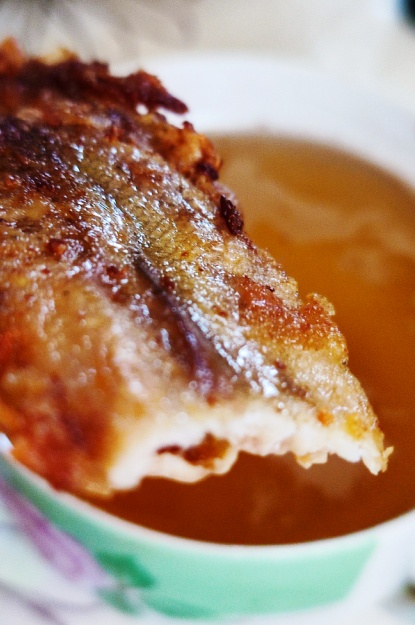
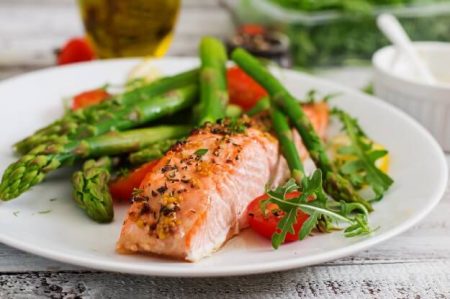


Recent comments